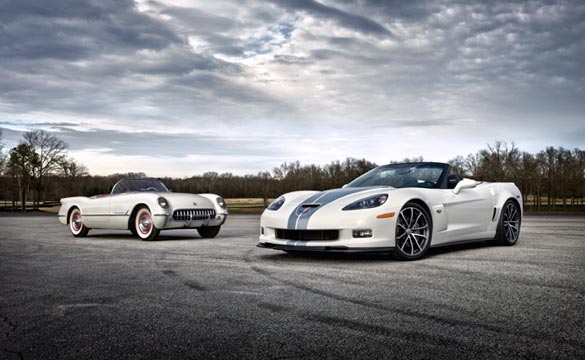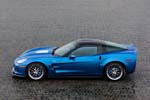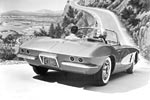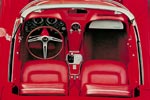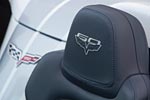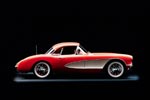Corvette’s Signature Design Cues Prevail Over 60 Year History
With the seventh generation of the Chevrolet Corvette just months away, it’s a good time to take a look at just what makes a Corvette look like a Corvette.
For example, it’s been 60 years since the XP-122 Motorama concept car took the public by storm in 1952, leading to the 1953 debut model, but you can instantly tell it’s a Corvette just as much as the latest 2013 427 Collector Edition convertible.
Tom Peters, GM performance vehicle design director, says each generation of Corvette shares some common elements which create a consistent Corvette theme that is expressive, distinctly American, artful, and passionate.
How those design cues are stitched together, Peters says, is what creates the distinctive look of Corvette.
?It’s similar to an iconic band, such like the Rolling Stones. For decades, the Stones have been using the same instruments,? Peters said. ?By changing their composition, the band has produced very different emotions and personalities. Despite the changing personalities of their songs, the sound is instantly recognizable as the Rolling Stones. The same is true with Corvette. The new 427 Convertible doesn’t share a single design cue with the 1953 model. Yet, even from 100 yards, both cars are unmistakably Corvettes.?
Peters offered up some design cues that have made each generation unique but still look like a Corvette – similar proportions, waterfall effect, dual cockpit architecture, body side cove, and the tail. Here is how he describes each of these features:
- Proportion: Each Corvette has similar proportions – from the long ?dash to axle? element, to the short tail and small greenhouse.
- Waterfall effect: A powerful, signature cue common among all Corvette generations is the way a part of the exterior bodywork cascades into the passenger compartment between the seat backs, introduced on the first-generation Corvette convertibles. Since then, the waterfall effect has been reinterpreted to make a seamless transition from the exterior to the interior of Corvette.
- Dual cockpit architecture: Another iconic Corvette design cue that was inspired by jet fighters is the dual, wraparound cockpit. Introduced when Americans were obsessed with space flight, the wraparound cockpit instantly conveyed purposeful performance. Today, the Corvette’s interior still conveys the car’s sporting intentions, with easy access and visibility of the critical controls.
- The bodyside cove: While a spear-like chrome feature highlighted the side of the 1953-55 Corvettes, for 1956, a concave cove was sculpted into the bodywork behind the front wheels. Although its form and function have been reinterpreted over the years, a cove or vent has been a signature cue in the Corvette’s bodyside ever since.
We have a feeling once we see the C7 Corvette in person, it?ll still be instantly recognizable as a Corvette, just like the previous six generations.
Content provided by CorvetteBlogger.com

